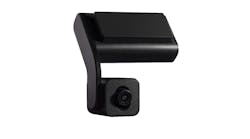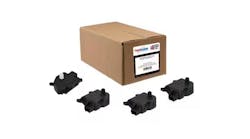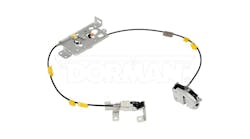Fleets purchasing equipment and considering fifth wheels will generally use one of two approaches, says Rich Carroll, vice president, sales and marketing, Jost International (www.jostinternational.com), a global manufacturer of fifth wheels, landing gears and kingpins. “They either accept the fifth wheel that their chosen OEM provider offers as their standard supplier, or they try and stick to a common spec, regardless of what the OEM offers as standard.”
The first option of accepting the OEM’s standard offering is based on a trust that the OEM has done the due diligence in choosing its standard supplier and trust that this is reliable, quality product, he says, and notes that this “is a very safe assumption.”
“We believe owner operators and smaller fleets will normally accept the standard product or buy from a truck dealer’s stock vehicles which frequently, but not always, are factory equipped with the standard fifth wheel offering,” observes Carroll. “They consult with their dealer’s sales professionals for advice on many component choices based on their application.”
The second option, wherein in a fleet standardizes its component choices – including fifth wheels – when it operates more than one nameplate within its operations, “brings the value of common parts, principle of operation, familiarity to its drivers and technicians – all of which are important considerations.”
SAFETY TECHNOLOGIES
Carroll says a developing trend within the industry is “a very clear path towards more interest for safety related technologies, such as cab actuated air release and sensor systems. Beyond the obvious and inevitable reasons for these systems, consider the movement toward autonomous technologies and platooning.
“What’s more, driver demographics suggests that the comfort of minimizing manual physical tasks brings value to the driver and the fleet operator.”
He believes that completely automated coupling systems, such as Jost’s KKS system, will become a commonplace. KKS automates the coupling process and includes features for improved safety.
In addition to air release action on the fifth wheel once connected to the trailer, the system will automatically power the landing gear and make all electric and pneumatic connections.
All KKS system components are continuously electronically self-monitored, notes Carroll, which reduces the risk of an incorrect coupling procedure due to lack of care when coupling. Moreover, fewer manual operations and less getting in and out of the cab saves time and driver effort when coupling and uncoupling trailers.



